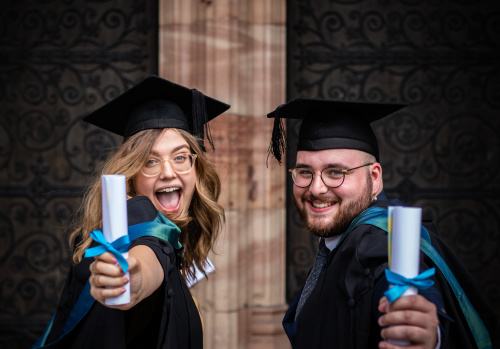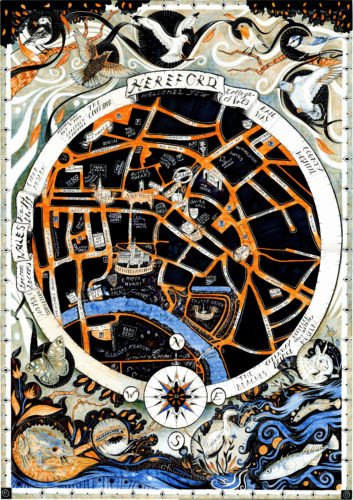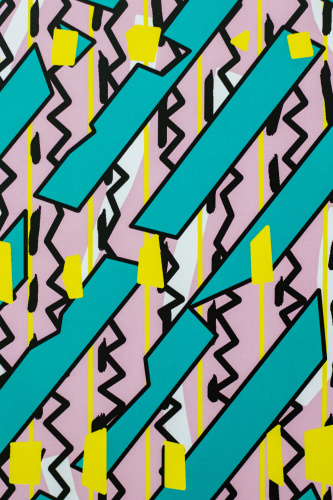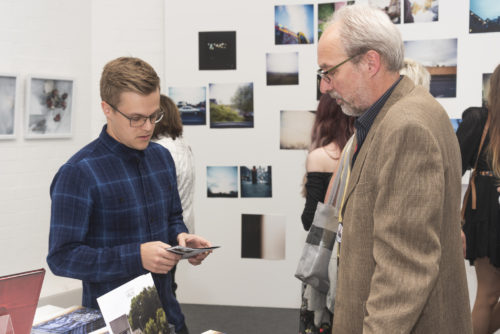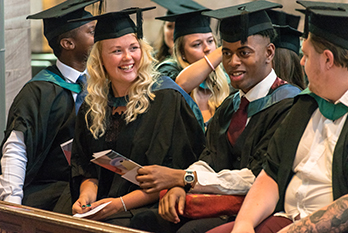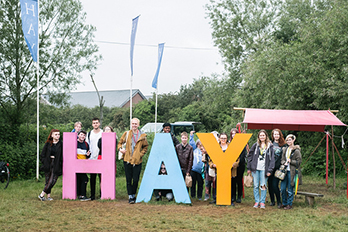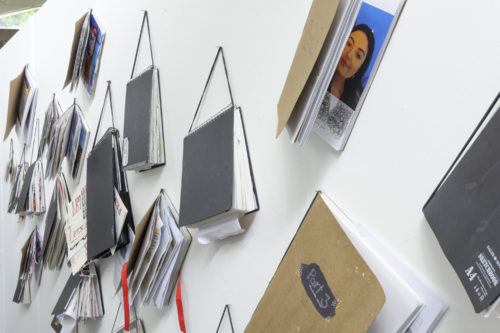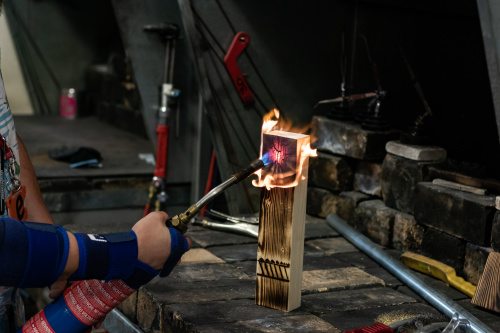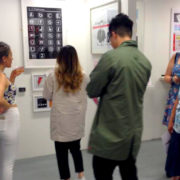Partnership learning communities in an arts college context
Published on 05.06.16
In ‘Partnership Learning Communities: A guide for college-based Higher Education’ Eaton (2016) puts forward the idea of a ‘fuzzy interface’ where exciting pedagogic practice can begin. Of course, the difficulty here is defining what constitutes a fuzzy interface, particularly within an arts-based context where the traditional notion of the ‘employer’ might be at variance from
Categories


In ‘Partnership Learning Communities: A guide for college-based Higher Education’ Eaton (2016) puts forward the idea of a ‘fuzzy interface’ where exciting pedagogic practice can begin. Of course, the difficulty here is defining what constitutes a fuzzy interface, particularly within an arts-based context where the traditional notion of the ‘employer’ might be at variance from other technical disciplines.
Considering the writing of Healey and Jenkins (2009) and the idea of ‘Students as Participants’ perhaps the ‘fuzzy interface’ can be defined as the learning space where research-tutored, research-based, research-oriented and research-led communities of staff and students work (see diagram below).

But what might this look like within the context of arts-based research? Borgdorff (2011) suggest that artistic research is research in and through art practice – subject, method, context, outcome and that it; ‘concerns and affects the foundations of our perception…[an] articulation of the world we live in’ (Borgdorff, 2011:45).
What, then, is the role of the employer in this practice-based research that transforms our perceptions of the world? And, if we are to adequately equip our students to thrive in the employment market, should our research process and problems look towards how we communicate with our audience –for our audience is not fixed, but can be framed as employers, customers and participants in activities as well as the venue-organisers and organisations that set the briefs. Likewise, how might research serve our practical skills – our practice?
It can be argued that an arts education equips students with the ability to juggle multiple contexts and narratives whilst accruing real-life experience and skills. Perhaps one way to explore ideas of employer engagement within the arts-based spectrum would be to consider the intersections of these multiple narratives to see if this forms the fuzzy interface where innovative partnership learning can occur, as suggested in the recent HEA ‘Framework for student engagement through partnership’ below:

One useful case study here would be the work that L5 Illustration students have recently been involved with at Hay Festival.


Letterpress workshops aside, the entire group had to work with Hay Festival organisers on a ‘live brief’, listening closely to the demands of the employer (Hay Festival) and the audience (specifically children). They had to generate ideas; adapt their ideas; market their ideas and finally bring these ideas to realisation in the form of workshop activities. Dahl-da was the result – a day of collage workshops involving all the students, and garnering positive feedback from all audiences concerned.
This serves as an example of the triple narrative of student engagement as partners, students and employer engagement and students engagement with a site-specific audience/employers. However, the workshop was also part of a tutor and student research project about ideas of ‘Empathy’ and the importance of Empathy in all communications, whether visual practice or listening to a client.
Aine Venables, illustration lecturer and partnership development lead at Hereford College of Arts worked with students as partners in considering what ‘Empathy’ might ‘be’ and how it might affect practice. The research was both practice-led research, considering questions of material and form, but also action research into teaching and learning, considering ideas of empathy. Finally, student feedback demonstrates how useful these explicit reflections on empathy were to students when tasked with working with employers and setting up the workshops.
Coming back to the idea of partnership learning communities, perhaps the Hay Festival experience supported all of these. Students participated with tutors in an hybrid action and practice-led research project. This, in turn, supported their work with employers and with audience. Finally, their practice (both as visual communicators and as arts professionals) was supported. If a ‘fuzzy interface’ is where multiple contexts meet for a designed purpose, then perhaps it can be argued that collaging all day in the ‘Scribbler’s Hut’ at Hay was a good example of both innovative pedagogy and employer partnership.

References:
Borgdorff (2011) in Biggs and Karlsson (2011) The Routledge Companion to Research in the Arts, Routledge, Abingdon.
Eaton, Gower and Macdonald (2016) Partnership learning communities: a guide for college-based higher education, available at https://www.heacademy.ac.uk/resource/partnership-learning-communities-guide-college-based-higher-education [date last accessed 5/6/16]
HEA Academy (2016) Framework for student engagement through partnership, available at https://www.heacademy.ac.uk/enhancement/frameworks/framework-student-engagement-through-partnership [date last accessed 14/6/16]
Jenkins, A. and Healey, M., 2009. Developing Undergraduate research and inquiry, available as .pdf from https://www.heacademy.ac.uk/resource/developing-undergraduate-research-and-inquiry [date last accessed 14/6/16]
